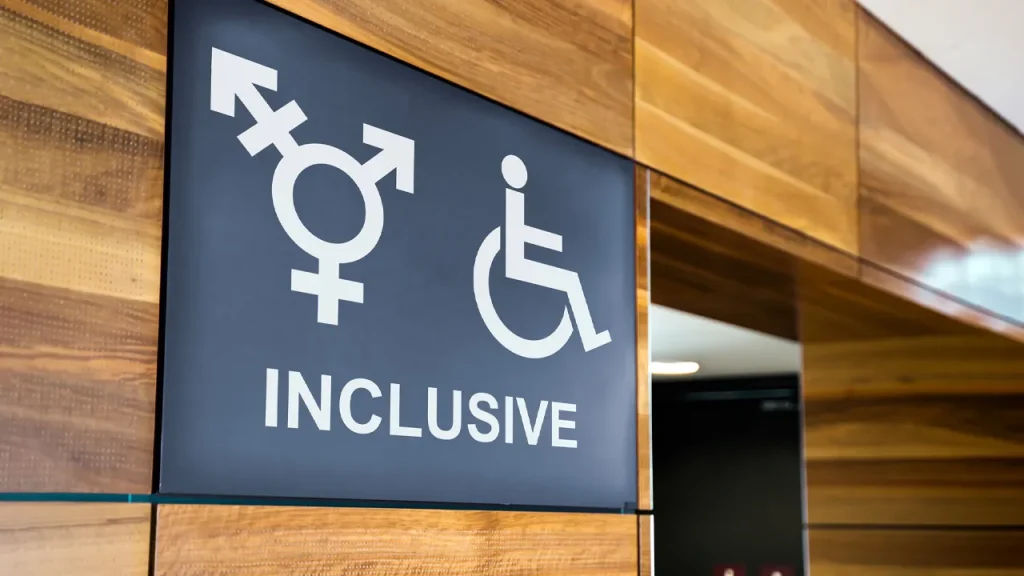Michigan State University Adjusts Bathroom Policy Following Student Concerns
In a significant policy shift, Michigan State University has walked back its decision to make all community bathrooms in Campbell Hall, an honors dormitory, gender-neutral. The change came after students and parents voiced concerns about comfort and privacy, highlighting the delicate balance universities must strike between progressive facility designs and student wellbeing.
The controversy began when MSU completed a $37.1 million renovation of Campbell Hall that converted all 20 community bathrooms into unisex facilities—the first of their kind across the university’s 27 dormitories. University officials initially explained the change as forward-thinking and adaptive to future student population trends. However, the administration failed to notify parents about this significant shift in bathroom accessibility, causing immediate discomfort among some residents. At least one student reportedly sought alternative facilities elsewhere on campus, and a formal complaint was filed. When survey results confirmed widespread unease among residents, university leadership recognized the need to reconsider their approach.
Responding to these concerns, MSU has now installed new signage to designate some bathrooms by gender while maintaining others as gender-neutral. The thoughtful compromise aims to accommodate diverse student preferences while respecting privacy concerns. In an email to Campbell Hall residents, administrators explained that bathrooms “will be configured as much as possible to the gender make-up of the community” on the ground and first floors, while “gendered bathroom options” will be available on the second and third floors alongside single-use restrooms. University spokesperson Kat Cooper emphasized that this adjustment reflects MSU’s commitment to student wellbeing: “Following review of the survey data, the decision was made to provide options for students.”
The university crafted its solution carefully, ensuring no student would need to change rooms as a result of the bathroom reconfiguration. “The updates are intended to offer more choice and help residents feel more comfortable in their daily routines,” officials explained in their communication to residents. This consideration demonstrates MSU’s attempt to balance inclusive values with practical comfort concerns, acknowledging that while gender-neutral facilities serve an important purpose, some students prefer traditional arrangements. The four-floor honors dormitory now offers a mix of the 20 shared bathrooms and five single-use restrooms, though the exact distribution between gender-specific and gender-neutral facilities remains flexible.
MSU’s Board of Trustees has publicly supported the administration’s course correction. Trustee Mike Balow expressed approval of the university’s responsiveness, stating, “I’m happy that the university listens to the concerns of its students.” Fellow board member Dennis Denno echoed this sentiment, adding, “It’s important for our students to feel comfortable and to have options. This is the right move by the university.” This leadership endorsement signals that maintaining student comfort remains a priority alongside progressive facility design.
The situation at Michigan State reflects broader tensions many universities face as they modernize facilities while serving diverse student populations with varying comfort levels and expectations. The Campbell Hall bathroom policy adjustment demonstrates how institutions can respond constructively to feedback while maintaining inclusive environments. By offering both gender-specific and gender-neutral options, MSU has found a middle path that respects different student preferences while still moving toward more inclusive campus facilities. As universities continue navigating these complex social issues, MSU’s willingness to adjust course based on community input may serve as an instructive example for other institutions facing similar challenges.












